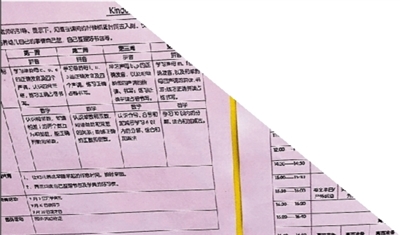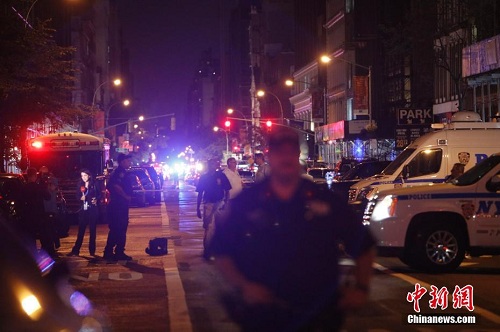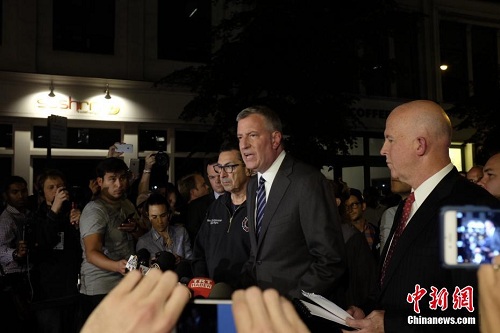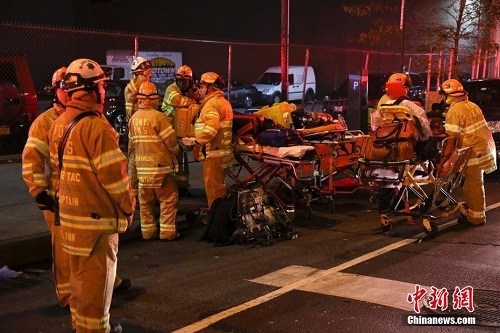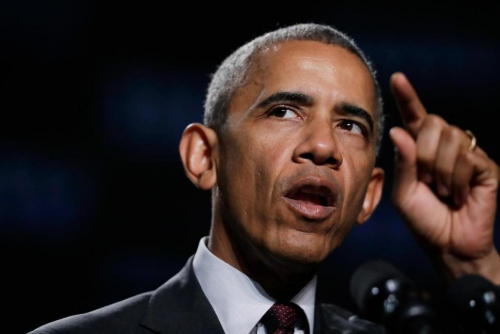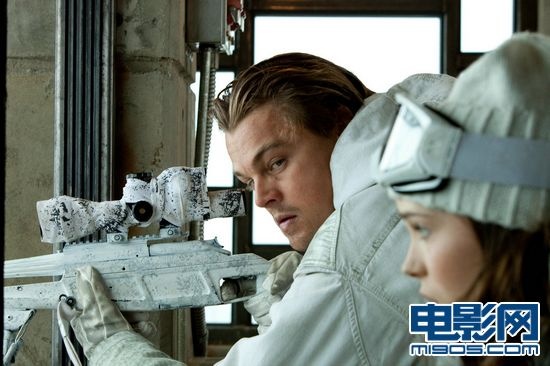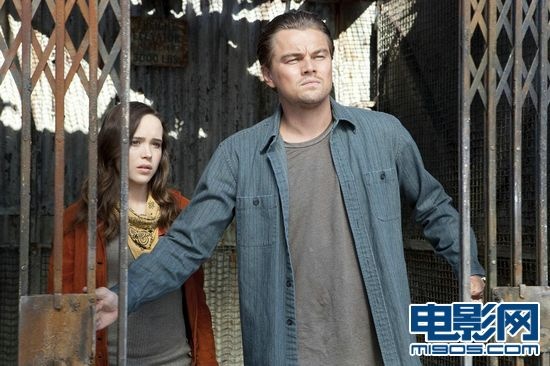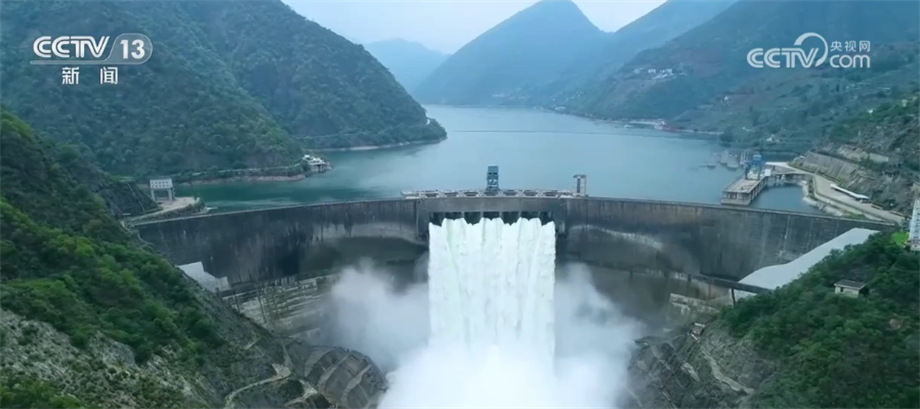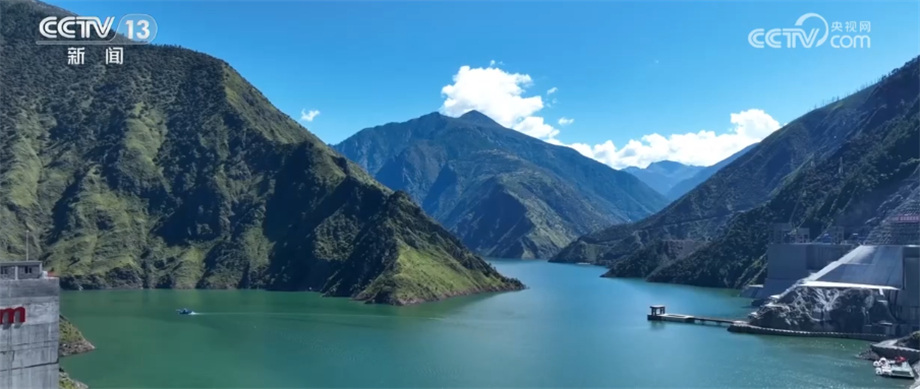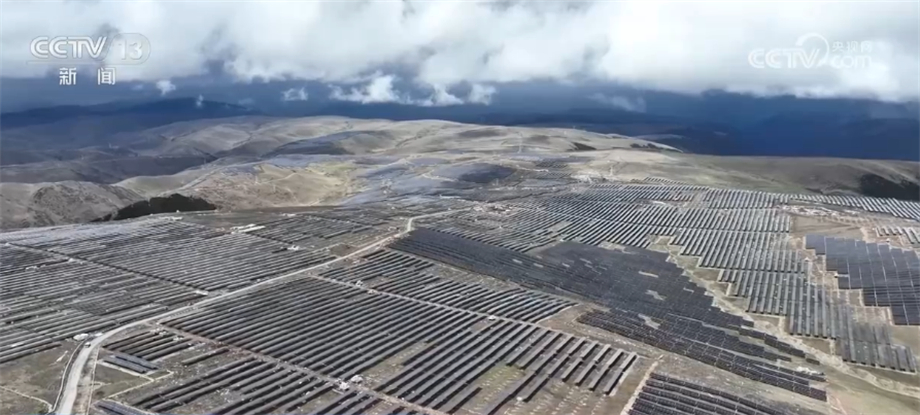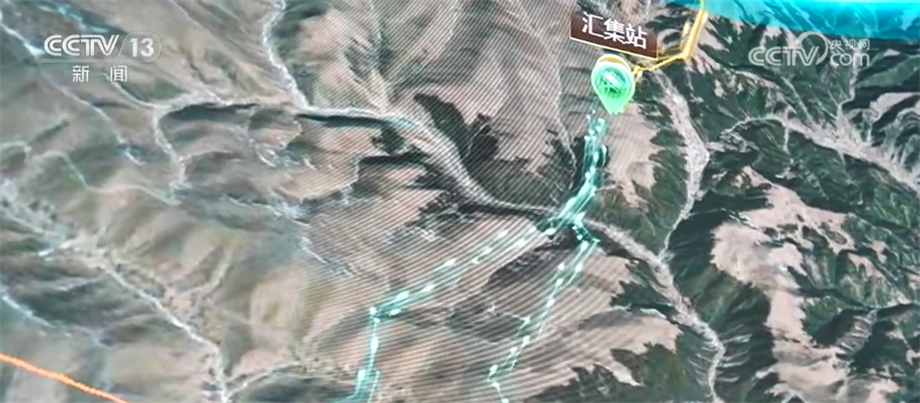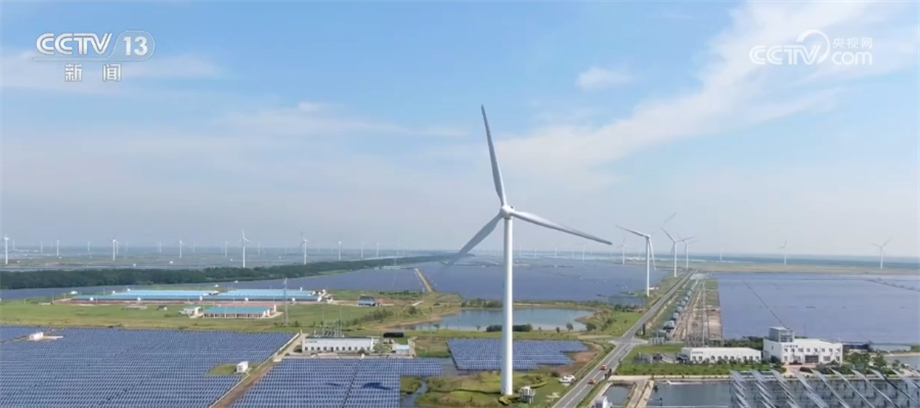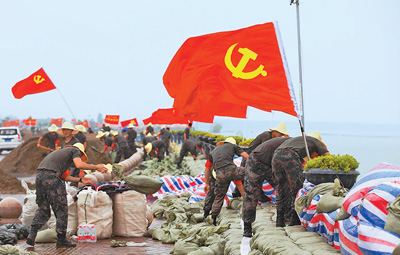Today, let’s listen to their stories together.
Zeng Yao, a student from the School of Nursing of Jilin University, signed up and became a medical volunteer in Deyang City, Sichuan Province, and went to the community to assist in epidemic prevention. The main work is to check whether there are outsiders in the responsible community, and to publicize and educate the residents who need to be isolated at home.
She said, "As a medical student and a Communist party member, I am very happy to be able to apply what I have learned and really serve the society. In the words of community workers,’ Grassroots units are also battlefields and frontline. Only by doing a good job in grassroots units can epidemic prevention work be successful at an early date’. I believe that I will win in the end. I also believe that spring will always come and the cherry blossoms will still bloom as usual. "
College of Earth Exploration Science and Technology-Chen Tianlong
Chen Tianlong, a 2016 student from College of Earth Exploration Science and Technology of Jilin University, participated in the epidemic prevention and control work in his hometown as an epidemic prevention volunteer in xian county, Cangzhou City, Hebei Province.
He said, as long as we are United and Qi Xin work together, no difficulty can defeat the great people of China.
School of Mechanical and Aerospace Engineering-Fan Chengjun
On the front line of epidemic prevention and control in Guang Xiao Village, Dongsheng Township, Baicheng City, Jilin Province, Fan Chengjun, a student from the School of Mechanical and Aerospace Engineering of Jilin University, has been sticking to the epidemic prevention and control card point of Guang Xiao Village No.3 Society every day since February 1.
Every day, many passing vehicles will be intercepted at the checkpoint. Fan Chengjun’s job is not to let any vehicles pass, to persuade the visiting vehicles to return, and to stop the vehicles from leaving the village. Because they are familiar with the villagers in the village, it is very difficult to persuade them to return. In order to ensure the orderly prevention and control of the epidemic situation in the village, sometimes they have to ignore the villagers’ faces and strictly order them to return, and then come to the village Committee cadres to explain in person afterwards.
Fan Chengjun said: Controlling the flow of people is the top priority of epidemic prevention and control. As college students in the village, they should stand up at the first time and contribute their own strength to epidemic prevention and control when the motherland is employing people.
College of Plant Sciences-Fan Liquan
As a native of Langao County, Ankang City, Shaanxi Province, Fan Liquan, a student from College of Plant Science of Jilin University, actively responded to the call of epidemic prevention and control and did not hesitate to participate in the epidemic prevention and control war.
According to the organizational arrangement, he was assigned to Xipo community prevention and control point, and his main job was to cooperate with community workers to register foreign vehicles and monitor the health of foreigners.
When he mentioned why he should be a volunteer in the front line of the community, he replied that he should do his part to help prevent and control the epidemic and win the war as soon as possible! Hard work, not afraid of difficulties and dangers, this is the style of volunteers under the epidemic!
Marxism college-Fei Jiawen
Fei Jiawen’s mother from the Marxist College of Jilin University took the initiative to contact the secretary of Xigangzi Community in the paper mill community in Longsha District, Qiqihar City, and volunteered to contribute to the epidemic prevention work. Fei Jiawen also signed up in the paper mill community. She said: "Although we can’t be front-line medical staff, we can only do something for our society as much as we can. I feel full of pride when I think that I have contributed to the country’s crisis."
Communication engineering college-gangzhiheng
On January 29th, Gang Zhiheng, a student from Communication Engineering College of Jilin University, who lives in Lushan County, Pingdingshan City, Henan Province, received a notice from the village committee to recruit "volunteers for epidemic prevention duty". He actively responded to the call, voluntarily signed up to participate in the epidemic prevention duty in his village, regularly participated in epidemic prevention duty, and completed the duty task in strict accordance with relevant instructions, taking responsibility for the health of the people and building a solid defense line to prevent the spread of viruses!
He firmly said: "Although the warm and unpredictable weather is bad, the responsibility of standing on the front line to protect people’s health will not retreat!"
Mathematics College-Song Jianing
During the winter vacation, Song Jianing, a junior in the Department of Mathematics and Applied Mathematics, School of Mathematics, Jilin University, saw the notice of recruiting young epidemic prevention volunteers from the Farm Youth League Committee and immediately signed up. As one of the first volunteers, Song Jianing was assigned to work in the Organization Department of the Youth League Committee of Junchuan Farm.
Her work includes communication with volunteers, statistical revision of forms, sorting out volunteer work briefing, sorting out and revising relevant copywriting, etc. She often goes home at eight or nine o’clock, and her parents call to urge her to go home. She said, "I have chosen to be a volunteer, so I must stick to it!"
College of Animal Science-Xu Tangfei
Xu Tangfei, a junior in the College of Animal Science of Jilin University, lives in Kuanping Street Community, Nankuanping Town, Shanyang County, Shangluo City, Shaanxi Province. During the winter vacation, he has been paying close attention to the changes of the epidemic situation and came up with the idea of doing something to help the epidemic. As soon as the news that the county youth league Committee recruited young volunteers came out, Xu Tangfei rushed to the community to report, indicating his desire to join the youth commando and join the front line of epidemic prevention and control.
"uncles, this epidemic is serious, so it is forbidden to gather people. Let’s all disperse and go home quickly." "Old woman, you must wear a mask when you go out in a special period, and put it on quickly." This is his most repeated words. He knew that it was difficult for a penny to cross Wang Yang, and everyone had to paddle to go forward. He actively mobilized returning college students and returning young people to join the youth commando team to participate in the community epidemic prevention work. Under his mobilization, community college students signed up one after another, and a youth commando team of 14 people was quickly formed, which enhanced the power of community epidemic prevention and control work.
He said: When the country is in trouble, it is everyone’s responsibility to support and prevent and control the epidemic. At the time of national crisis, as young students, they should actively contribute their youthful strength to the motherland.
College of Biology and Agricultural Engineering-Chengyan
Cheng Yan, a student from the School of Biology and Agricultural Engineering of Jilin University, also wants to contribute to the fight against the epidemic. She volunteered to work as an entry clerk for the epidemic situation in Wei Zhang Village, Xiaoluzhai Town, Julu County, Xingtai City, Hebei Province.
Jiaotong university-Deng Yudong
Deng Yudong, a 2016 student from the School of Communications of Jilin University, volunteered to serve Mazongshan Village, Xilamulun Sumu, Bahrain Right Banner, Chifeng City, Inner Mongolia Autonomous Region. As a preparatory party member, he is well aware of party member’s responsibilities and obligations. On January 26th, after seeing the news of comprehensive epidemic prevention and control, he decided to apply for becoming a volunteer in Mazongshan Village and devote himself to the work of epidemic prevention and control. A volunteer service team was set up with his junior high school to actively assist the unified work deployment of the village party.
Since the establishment of the volunteer service team, it has helped Sila Mulun Sumu to build yurts at the import and export point set up in Mazong Mountain Village; Actively do a good job in the duty work of epidemic prevention points, and actively suggest to the village that a detection point should be set up at the west entrance of the village with a relatively large flow of people and cars, and take the lead in undertaking the first day’s detection work, and at the same time, do a good job of recording, be on duty for 24 hours, and only rely on instant noodles to satisfy hunger; Spray disinfectant for the village regularly; Stand guard at the entrance of the village, arrive at 7 am after the shift, and leave at 12 pm; Busy at the forefront, contributing to the epidemic prevention work.
He said, "Our confidence in fighting the epidemic is firm. We should start from ourselves and work together to contribute to winning this battle without smoke. Practically practice your oath of joining the party and let party flag fly in the front line of epidemic prevention and control! "
College of Earth Sciences-Gao Jinhui
Gao Jinhui, a 2019 graduate student of the School of Earth Sciences of Jilin University, took the initiative to apply for registration and became the first epidemic prevention volunteer in Chunyang Town, Wangqing County, Jilin Province. His job is to register and confirm the information of outsiders in the convenience hall of the town government, register and investigate households, set up checkpoints and register the information of past personnel. Although the weather outside is cold, standing guard in the open air for eight hours every day makes his hands and feet a little red and swollen, but he can do his part for the epidemic prevention work in his hometown. He proudly said, "It’s all worth it."
College of Animal Medicine-Gao Menghan
Gao Menghan is a 2019 student of the College of Animal Medicine of Jilin University, and his home is in Shenyang, Liaoning Province. In order to do a good job in epidemic prevention and control, her community organized an epidemic prevention volunteer activity headed by party member. Gao Menghan and her father actively signed up as volunteers in the community, and they were assigned the task of registering at the gate of the community and measuring their body temperature. Every shift, she and her father are armed to the teeth, and earnestly complete the registration and temperature measurement of foreigners in the community. She often reminds uncles and aunts who go out to buy food to wear masks and publicize epidemic prevention knowledge.
"The epidemic is ruthless, and I believe that with the concerted efforts of all of us in Qi Xin, we will surely defeat the epidemic, and the victory will eventually belong to us!" Gao Menghan said.
School of philosophy and society-gaozisong
"As a student majoring in social work in party member, I took the initiative to sign up for the joint defense work in the community." Gao Zisong, a student at the School of Philosophy and Social Sciences of Jilin University, said.
Recalling the volunteer service these days, he said: "As a volunteer, I can personally understand the advanced social grassroots governance in our country and the great responsibility undertaken by community workers. At work, I saw the active cooperation of the masses, the enthusiasm of other volunteers and the hard work of community workers, which made my fear of the virus the greatest comfort. At this moment, I am even more convinced that the strength of the people is really great enough, people’s hearts can warm people’s hearts, and we will also overcome the epidemic and come on Wuhan! Come on, China! "
Clinical medical college-Li Tianqi
As a member of the Clinical Medical College of Jilin University, and even a member of Bethune Young Volunteers Association of Jilin University, Li Tianqi was inspired by Bethune’s spirit and deeply felt that since he had mastered the basic professional knowledge, he should take the initiative to contribute to the prevention and control work in the community. Therefore, he took the initiative to register for the prevention and control work in the community and began to serve as a volunteer for the prevention and control duty on February 6, 2020.
Jinshui Community is a large community with 800 households, and the work of the community staff is very heavy. His task is to continuously monitor the body temperature of two community residents who have returned to the community from other places and register them until the two residents are released from isolation, and to assist the community security and staff to issue passes and special passes to the community residents at the community access control office.
He said: "This volunteer activity not only made me understand the meaning of Qi Xin’s efforts to overcome the difficulties, but also made me understand the obligations and responsibilities that I should bear as a future medical worker."
Clinical medical college-fu jiaxu
Adhering to Bethune’s spirit, Fu Jiaxu, a 2019 graduate of Clinical Medical College of Jilin University, has been paying attention to the epidemic situation. As a medical student, he deeply felt a great responsibility on his shoulders and wanted to contribute. Although he couldn’t go to Wuhan, when he saw the news of recruiting volunteers in Jilin Province, he contacted the organization at the first time and returned to Changchun from his hometown in Baicheng on the sixth day of the Lunar New Year.
Fu Jiaxu’s volunteer activity place is Changchun Longjia Airport, which is a place with high risk of epidemic spread, and the medical center of the airport has a heavy task. Therefore, volunteers are here to obey the organization’s dispatch, mainly undertaking the tasks of temperature measurement at the entrance and exit, daily disinfection and assisting in emergency rescue. Since February 3, Fu Jiaxu has been engaged in voluntary service, wearing a full set of protective equipment to monitor the temperature of a group of passengers.
He said: "The work is dangerous but worthwhile. At work, I have seen people’s calmness under the epidemic and the efforts of people who stick to their jobs, and I have also received the gratitude of the staff. I feel that although I am not at the front line, I stand with them and fight together. " In his view, only by contributing to the society can we live up to the cultivation of our family, school and society.
School of public health-luyi
This winter vacation, Lu Yi, a freshman majoring in preventive medicine in the School of Public Health of Jilin University, signed up as a volunteer for emergency prevention and control. She actively cooperated with Huaqiao Community in huaqiao town, Kunshan City, Suzhou City, Jiangsu Province, and helped to do a good job in logistics. She and other staff often don’t even care about eating. Patiently solve problems for the community.
She said: "I have been working as a volunteer for some time, but this is only the beginning. Next, I will try my best to learn professional knowledge, promote the style of white medicine and inherit the glory of white medicine!"
School of Public Diplomacy-Li Chenxi Song Meichao Li Wenqian
Under the Covid-19 epidemic, hospitals in counties and cities in Hubei were in urgent need of medical supplies. Undergraduate students of 2019, Song Meichao and Li Wenqian of 2018 of the School of Public Diplomacy founded the "Brave Team" love group and launched the "Round Hat Plan". 16,134.31 yuan was raised, which was contacted to the counterpart factory through the filing and registration information of National Medical Products Administration. A total of 16,200 disposable medical round caps were donated to Huanggang Central Hospital, Xiaogan First People’s Hospital, Xianning First People’s Hospital and Nanzhang First People’s Hospital of Xiangyang City, and the remaining 406.31 yuan was donated to the official account of Jingzhou Second People’s Hospital.
On February 14th, due to the implementation of closed community management in Baicheng City, Jilin Province, and the rapid increase of community workload, the Red-crowned Crane Community in Haiming Street began to recruit volunteers to assist in the work. With the aim of serving the society, spreading advanced culture and fighting the epidemic together, Gu Huixing, a student from the Art College of Jilin University, joined the volunteer team in the community.
Gu Huixing said: "As a student of Jida University, I should carry forward the spirit of’ red, yellow and white’ and show the character and temperament of Jida University. Be the successor of the new era, Do not forget your initiative mind, and remember the mission. People are taller than mountains, and feet are longer than roads’. When struggle and dedication are not completed, we will certainly win this war. "
College of New Energy and Environment-Li Jiaqi
Li Jiaqi, a student from the College of New Energy and Environment of Jilin University, set up a volunteer organization by herself, led by several party member, and the residents voluntarily signed up to conduct routine inspections on the people entering the community in three shifts, including Li Jiaqi.
Li Jiaqi said: "Volunteer work plays an important role. Being a volunteer this time is also an unforgettable experience for me. I feel very honored to make a small contribution to this epidemic."
Institute of Physical Education-Li Wenxiang
Li Wenxiang, a student of Jilin University Physical Education College who lives in Alashan League, the westernmost part of Inner Mongolia Autonomous Region, volunteered as a volunteer. He checked, registered and measured the temperature of passing vehicles and personnel in the hut beside the highway, and checked the materials and personnel of different vehicles entering and leaving and transporting.
Late at night in the cold winter, Li Wenxiang is still on the night shift. He said, "I feel lucky to have participated in a war without smoke, and I have contributed a little to my hometown."
School of Administration-Trigler
This winter vacation, Tzigler, a student from the School of Administration of Jilin University, has been paying close attention to the epidemic situation. As a party member, he voluntarily joined the community registration work. He said: "At the critical moment in the fight against the epidemic, party member will rush ahead and play a vanguard and exemplary role. This is the responsibility of each of us in party member, and it is also the initial heart and mission of each of party member. I hope everything is well and the epidemic will pass as soon as possible! "
Jiang Chaonan, a student of Jilin University Law School, took the initiative to contact the community and signed up enthusiastically to become a youth epidemic prevention volunteer during the special period when the whole country was overcome with difficulties. She said: "As a Communist party member, you should stand up, charge ahead, practice your initial heart and mission, play a vanguard and exemplary role, and actively participate in the front line of fighting the epidemic!"
It is her daily work to post epidemic prevention posters, register the information of people entering and leaving, deliver food to isolated households at home, and record the daily temperature of residents. She also taught herself the knowledge of epidemic prevention in COVID-19 and shared it with residents and classmates. In the process of volunteer service, she wore love gloves sent by her aunt, listened to the warm-hearted protective reminder of the doorman’s uncle, and felt the smile from the residents through the mask.
She said with a smile: "Every kindness will plant a gentle seed, and every persistence will increase confidence in overcoming the epidemic. It is precisely because of them, you and us, who are able to live up to Qian Qian’s mission, have the courage to take responsibility, and the more difficult it is, that I have seen the spring when each other takes off their masks and smiles! The more prosperous spring of the motherland is near! "
Liu Suhui, School of Instrumental Science and Electrical Engineering
This is a different winter, and the emergence of the epidemic has changed the lifestyle of almost everyone. Liu Suhui, a student from the School of Instrument Science and Electrical Engineering of Jilin University, said: "As a student of Jilin University, I think I should make some contributions to the community within my power. "He put on a mask and helped put the notice on the doors of each unit. Because of her pollen allergy, Liu Su Hui’s family hoarded a lot of masks. He said: "I sent my extra masks to some neighbors who couldn’t buy them for the time being." I believe that even if I do very little, I will help many people inadvertently. The long-awaited spring will always come. "
Sun Xiaoqing, School of Economics
After getting up at 6:30 in the morning, Sun Xiaoqing, a student from the School of Economics of Jilin University, had a good breakfast and went to the persuasion point set up in the village to participate in volunteer work. 12 hours of volunteer work every day is hard and fulfilling. She said: "I hope that the country will get through the crisis as soon as possible and everyone’s life will return to the right track as soon as possible! I will do my volunteer work well until the day when the difficulties are over. "
School of Journalism and Communication Zuo Jiaxin
Epidemic is the command, and prevention and control is the responsibility. Zuo Jiaxin, a student from the School of Journalism and Communication of Jilin University, resolutely joined the epidemic prevention and control team co-established in Shengli Mountain Community, Yiyuan County, Zibo City, Shandong Province, and fought side by side with the frontline prevention and control personnel, contributing to winning the tough battle of epidemic prevention and control in the county.
According to the community arrangement, Zuo Jiaxin is responsible for taking turns on duty in the family building community of CCB and the persuasion station at the intersection of Shengli Mountain. While on duty, she was serious and responsible, and did a good job in persuading foreign vehicles to return, verifying residents’ information, registering people entering and leaving, issuing temporary vehicle passes and issuing residents’ passes. At the same time, actively publicize epidemic prevention knowledge, urge residents to go out less, wash their hands frequently, wear masks and take their temperature, and report any symptoms of cough, fever and dyspnea immediately. In the face of the epidemic, Zuo Jiaxin worked hard and selflessly, built a security line for community residents with his own practical actions, and practiced the spirit of Kyrgyzstan.
Gao yuanqing, foreign languages college
Gao Yuanqing, a student from the School of Foreign Languages of Jilin University, actively responded to the call and participated in the prevention and control of epidemic situation at the grass-roots level in Guifangqiao Community, Linping, Yuhang District, Hangzhou City, Zhejiang Province. He cooperated with community workers to do voluntary work, such as guarding the road, screening the entrance and exit of the community, and providing home isolation services, and worked hard with the volunteers to fight against novel coronavirus. It’s cold, rainy and snowy, and the epidemic is ahead, and the soldiers will not leave the array. Adhering to the volunteer spirit of "dedication, friendship, mutual assistance and progress", Gao Yuanqing fulfilled his duties and contributed his youthful strength with practical actions.
"This is a national war’ epidemic’." She said, "Medical staff and researchers have gone to the front line. We young people should be brave enough to take responsibility, contribute a little to society, don’t believe rumors, don’t spread rumors, do what we can, and contribute to effective control of the epidemic. I believe that with the efforts of the people of the whole country, this epidemic prevention battle will win! "
Lian Jianhui, School of Computer Science and Technology
In the critical period of fighting the epidemic, Lian Jianhui, a student from the School of Computer Science and Technology of Jilin University, consciously shouldered his own responsibility and actively participated in the front line of epidemic prevention. Wearing a red armband, measuring temperature, recording the temperature of passers-by and disinfecting are his ordinary and extraordinary missions.
He said: "I think I am an epidemic prevention soldier. Although not as great as countless angels in white, our work also has its value. Only by sticking to our posts can we lighten the burden for the society and the country and safeguard the lives of Chinese people. I hope all Chinese can shoulder their responsibilities and fight the epidemic. Come on, China will win! "
Yu Hewan is a 17-level human resource management major at the Business School of Jilin University, who lives in Jilin City, Jilin Province. When the epidemic came, Jilin Medical Volunteers Association was entrusted by the Municipal Health and Health Commission to guard Jilin Railway Station, the first gateway of Jilin City, and undertake the work of temperature measurement, investigation, disinfection and education. Yu Hewan followed the volunteers of Jilin Medical Volunteers Association to resist the epidemic and protect Jiangcheng.
Volunteers come to the station early every day to put on protective clothing and all kinds of protective equipment, go to their respective posts to take the temperature of the passing passengers, do a good job of checking and registering, make a quick response to all kinds of emergencies, and actively respond. After the work, they should also sterilize the non-disposable equipment such as goggles and temperature measuring gun that they used every day.
In the face of hard volunteer work, Yu Hewan said: "I am confident that we can unite as one, successfully complete the anti-epidemic work and contribute our own strength to our healthy home."
Archaeological college-Tian zhaokun
Since the outbreak of novel coronavirus, Tian Zhaokun, a 2018 student from the School of Archaeology of Jilin University, has actively responded to the call of the state. In addition to strict prevention and control of himself, he has also taken the initiative to participate in the epidemic prevention work of the residential community, assisting the members of the neighborhood Committee to implement closed management of the community and register the basic information and physical condition of the people coming and going; Cleaning and disinfection in the interior of the community; Isolate and supervise the returnees in Wuhan and give psychological guidance to some people in the community.
Tian Zhaokun said: "I am extremely proud and glorious to contribute to the epidemic prevention war!"
College of material science and engineering-Liyuan
In order to further strengthen the awareness of prevention and control of novel coronavirus infection and do a good job in epidemic prevention knowledge propaganda, Li Yuan, a student from College of Materials Science and Engineering of Jilin University, actively undertook voluntary work, distributed leaflets on epidemic prevention knowledge at home, and explained virus protection knowledge to residents, and got busy with her father who participated in epidemic prevention work.
"I believe that with the joint efforts of the people of the whole country, we will definitely win this war against the epidemic!" Li Yuan said.
Physics college-ma yuncong
On February 3rd, Ma Yuncong, a student from the School of Physics of Jilin University, took the initiative to sign up and contribute to the fight against the epidemic when he learned that volunteers were needed at the epidemic prevention and control detection card point in Runanbu Town, Zhengyang County, Henan Province. During his duty, Ma Yuncong helped the doctors, public security police, residents’ committee staff to do propaganda, persuasion, registration, disinfection and so on. Later, under the recommendation of the Party branch of the neighborhood Committee, he also served as the red agent of Jinji neighborhood Committee, responsible for helping families in need, buying daily necessities and delivering them on their behalf, so as to reduce unnecessary travel.
"During this period of volunteer service, I feel that the party and the government attach great importance to this epidemic. People from all walks of life donated to the testing point, which made me feel the concern from everyone and have a sense of responsibility to do a good job. Life is more important than Mount Tai, epidemic situation is the command, and prevention and control is the responsibility. At the critical juncture of fighting the epidemic throughout the country, as a student of Jilin University and an activist joining the Party, I feel extremely proud and proud to make my own contribution to the prevention and control of our town and the country’s anti-epidemic. " He said.
Zhang Yan, College of Food Science and Engineering
Zhang Yan is an undergraduate from the College of Food Science and Engineering of Jilin University in 2016. With the call of the county youth league Committee and the support of her parents, she became a member of the "Volunteer Red". "This is the responsibility of a young college student, and it is also the responsibility of preparing for party member." Zhang Yan said.
During several days of community persuasion, she and her friends, who are also from Jilin University, actively checked the foreign population and vehicles, checked their body temperature, registered the information of people coming and going, told them about travel precautions, publicized the knowledge about epidemic prevention and control, and distributed booklets of novel coronavirus legal knowledge. Outdoor volunteer work may have frozen her bare wrist, but a mask, a red vest and the afterglow of the sunset made Zhang Yan feel particularly warm this winter.
(Source/Youth Jida WeChat WeChat official account)

